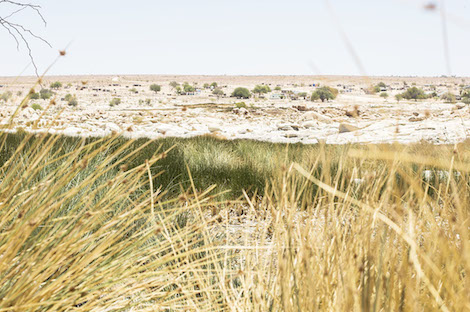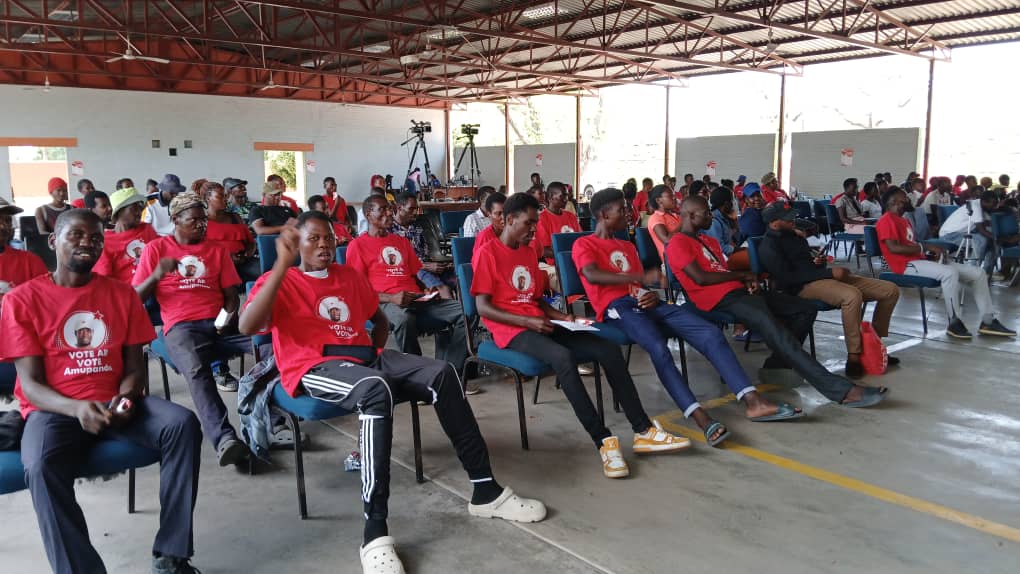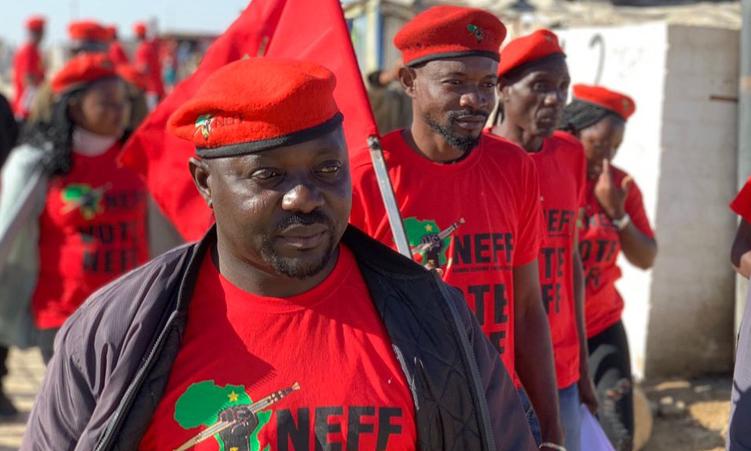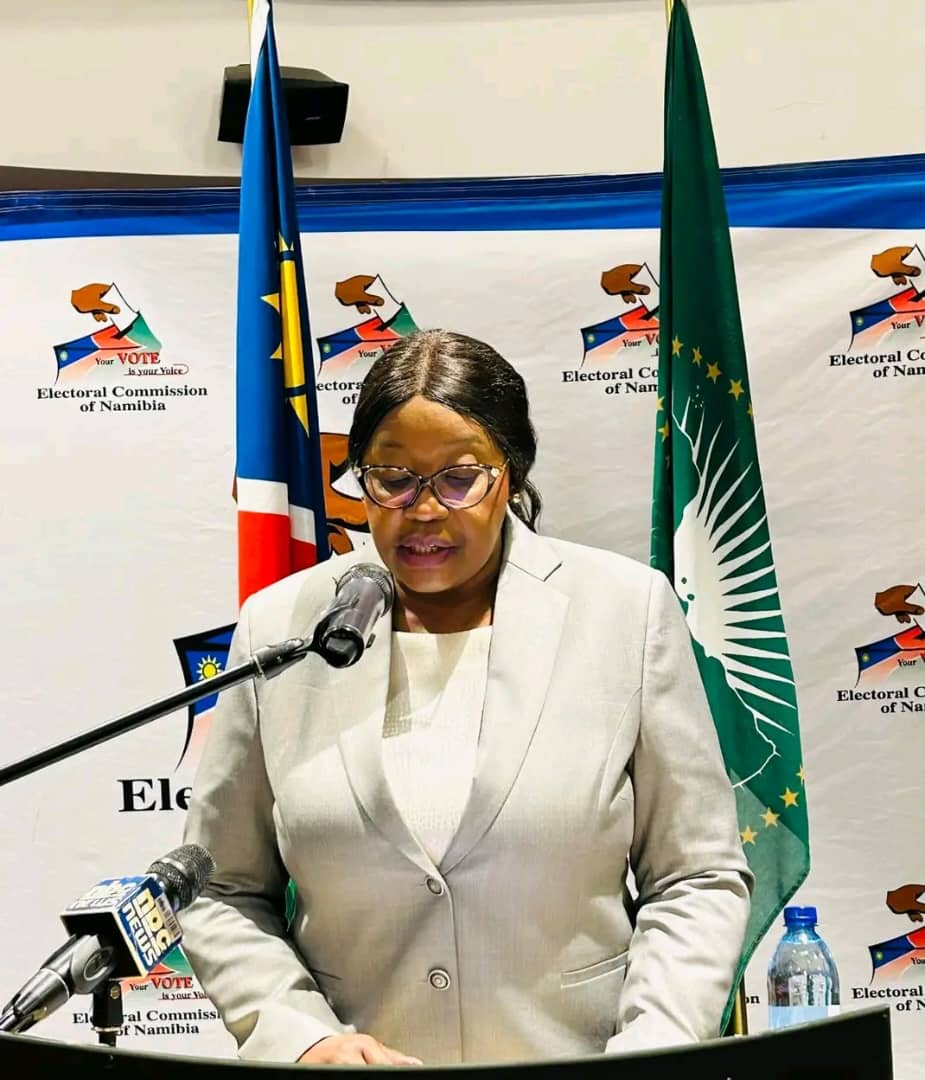Driving down to Warmbad is like travelling to the edge of the world. Alright, maybe not the actual edge of the world, but at least the edge of Namibia.
Situated approximately 50 km outside Karasburg, the sleepy little town of Warmbad lives up to its name of being baie warm during the summer. The kind of warm that has you sleeping with your windows wide open and taking your chances with the unrelenting mosquitoes rather than choosing to slowly drown in your own sweat.
In reality, it actually derives its name from the hot springs found in the area, like so many parts of our country. Following the guide of their trusty dogs who came back wet and covered in mud, revealing a permanent water source, the Bondelswarts decided to settle in the area and called it /Aixa-aibes.
This town is rich with history. It saw some of the first battles between the Bondelswarts and the German military, and then again with the South African forces in 1922. It also is home to the first two European-style houses built in then South West Africa.
The old German prison, where Bondelswarts prisoners from the uprising were kept, has now been turned into a museum where one can see a little bit of the town’s history. This includes the ever-changing maps and landscapes due to political changes, plus a short genealogy of past leaders. It was renovated with support from the Namibia Community Based Tourism Association (Nacobta), which opened in 2002.
The museum also looks into the local ecology, as well as culture of the local people from dress to home style. Corners filled with cobwebs and dusty photographs and images on the wall, the town’s museum kind of mirrors how Namibia has moved on and forgotten about Warmbad and its significance in our struggle for independence.
There are no major chain shops or supermarkets in the town, so if you want to do your shopping, you have to go to Karasburg, or make due with what the local cuca shops have to offer.
In a hope to revive the town, and provide some employment and industry to the residents, the local council renovated the hot springs in a multi-million dollar project with the hopes to revive tourism and interest in the area. But along with the bungalows, and much like the pool that was built in the 1950s to boost tourism, the new development remains mostly desolate.
Windows barely hanging on the hinges, lights that do not work due to missing bulbs and exposed cables, and broken bottles lining the floor of some of the pools that are fed directly by the hot springs.
Nevertheless, this is an improvement over the pre-independence hot springs, which were sold by the apartheid government in 1981 to an American investor living in South Africa.
The old officer’s house was also renovated to house a restaurant where visitors of the hot springs and its adjacent bungalows can feed their hunger.
We were the only guests staying at the accommodation at the edge of the town surrounded by the hot springs, except for the occasional goats that would wander around grazing.
The town is split into two parts, one section which is government property and the other which is communal, where after paying a nominal fee, one can erect a small dwelling.
The town boasts a newly built clinic with a cooling air conditioner that is much appreciated in the heat, a local school and a library with computers and other resources for the youth, which probably has the fastest internet south of Keetmanshoop.
Health assistant at the Warmbad Clinic, Daniel Kalopa, says few jobs are offered in the town. “With no major job opportunities, industry or even businesses, most people move to bigger towns, nearby farms or the nearby mine for employment, which leaves most of the Warmbad residents surviving on the pensions of elders or from the occasional money that others send. As well as the few jobs that are offered in the education, health and regional and local office positions.”
Between the old style houses with big verandas and daybeds in the shade to escape the heat, old dilapidated buildings of businesses that have long come and gone, and old war memorial graves that are home to a bust of Jakob Marengo who led the insurrection against the German empire, Warmbad is unlike any other place in Namibia.
Both for its past and its present.
And it is up to Namibians as a whole to keep the town from falling into obscurity and to ensure that it is not only remembered for its historical significance, but that those living there today are able to move forward and develop with the rest of the nation.
To see prosperity and growth. Because after all, its inhabitants over the centuries are a great part of what made the Namibia we know and love today, and sleepy or not, its past and its present are worth remembering.
Stay informed with The Namibian – your source for credible journalism. Get in-depth reporting and opinions for
only N$85 a month. Invest in journalism, invest in democracy –
Subscribe Now!






